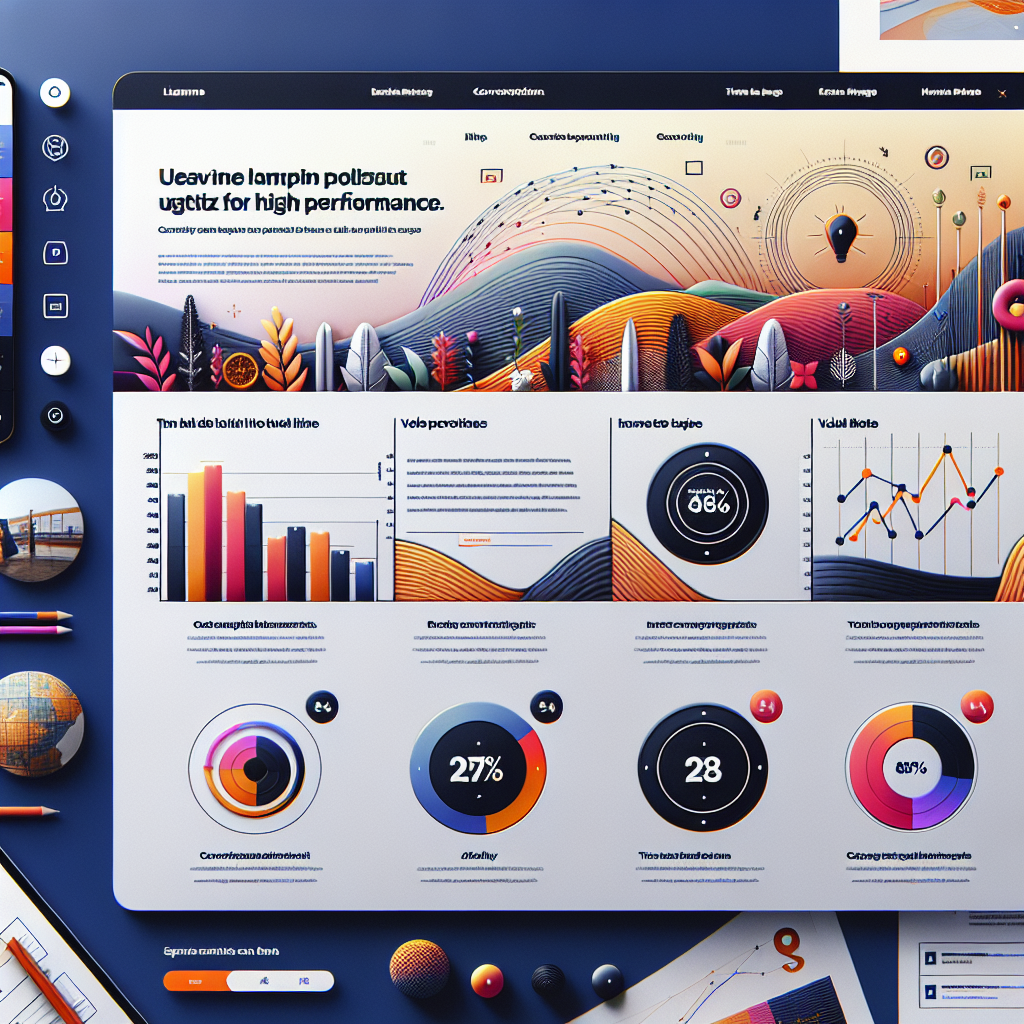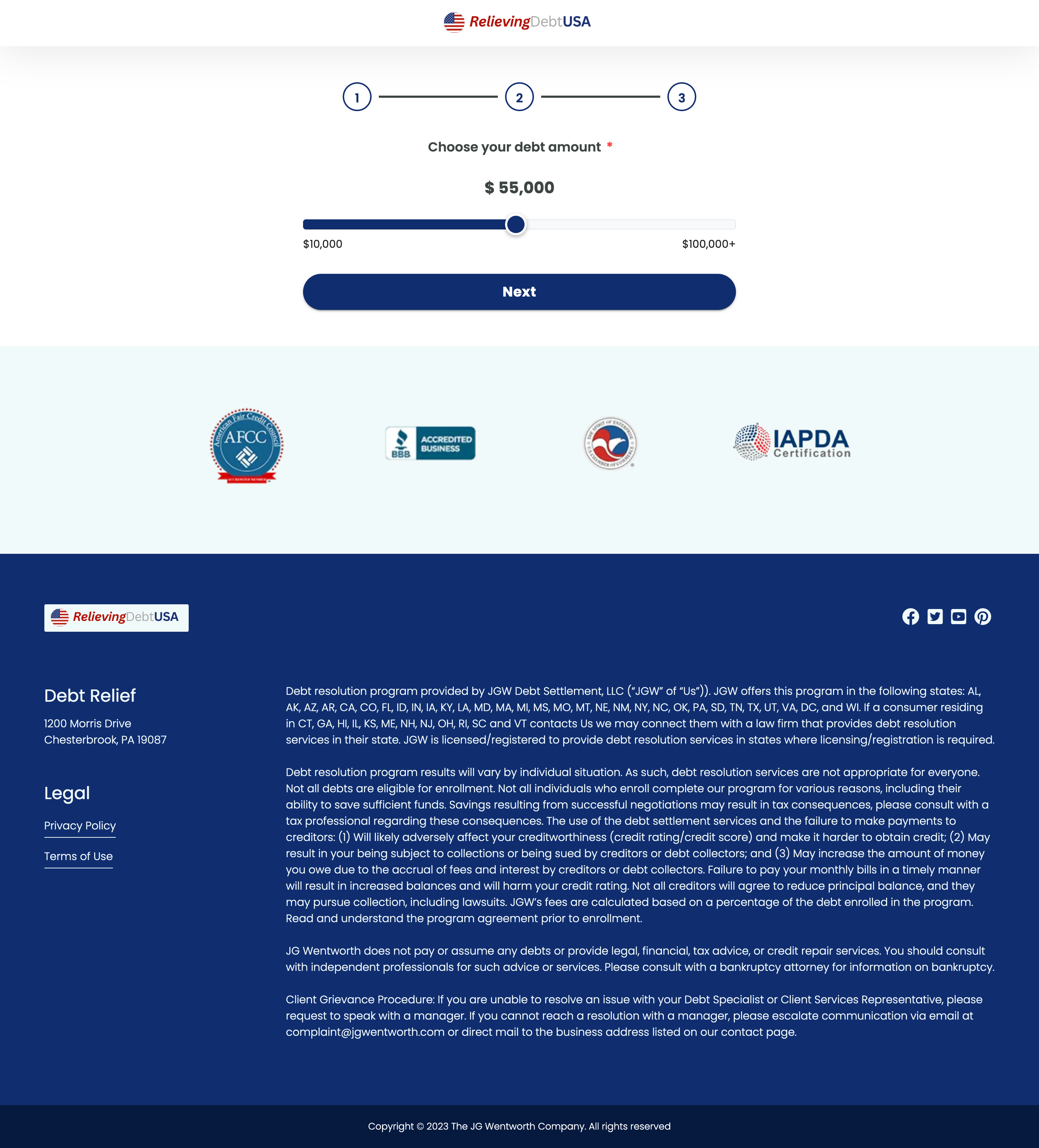The Importance of Visual Design in Landing Page Performance
In the era of digital marketing, the landing page is the nucleus of interaction between a brand and its potential consumers. Visual design is a crucial component of a landing page that can significantly impact its performance and conversion rate.
Table of Contents
- Introduction
- The Role of Visual Design in Landing Pages
- Key Elements of Effective Visual Design
- Psychological Aspects of Visual Design
- Best Practices for Visual Design in Landing Pages
- Testing and Optimization of Visual Design
- Conclusion
- Optimize Your Landing Pages for Success
Introduction
Visual design encompasses everything on a landing page that users can see, including the layout, text, and images. A well-designed landing page can attract users, maintain their interest, and guide them toward desired actions like clicking a call-to-action button or filling out a form.
The Role of Visual Design in Landing Pages
Visual design is not just about making a landing page aesthetically pleasing; it’s about crafting an experience that is intuitive and engaging. The way elements are arranged, the colors chosen, and the typography used can all determine how a visitor interacts with the page.
Key Elements of Effective Visual Design
Layout
The layout is the structural foundation of a landing page. A clear and logical layout can improve navigation and help visitors find information quickly. It is essential for guiding the user’s eye path to lead them to the call-to-action.
Color Scheme
Colors evoke emotions and can significantly impact user behavior. Choosing the right color scheme is crucial for ensuring that the page resonates with the target audience and complements the brand’s message.
Typography
Typography plays a crucial role in readability and comprehension. Selection of fonts and their sizes can define the hierarchy of information, helping users to distinguish between main content and supportive information quickly.
Imagery
Imagery should be purposeful, reflecting the brand’s identity and supporting the landing page’s narrative. High-resolution and relevant images can increase engagement and enhance credibility.
Psychological Aspects of Visual Design
Visual design taps into users’ psychology, influencing perception and decision-making. Understanding elements like contrast, visual hierarchy, and white space can lead to designs that naturally guide users towards conversion points.
Best Practices for Visual Design in Landing Pages
Adhering to best practices can maximize the effectiveness of a landing page’s visual design. Certain strategies include maintaining simplicity to avoid overwhelming users, employing consistent branding to build trust, and strategically placing call-to-action buttons for optimal visibility and impact.
Testing and Optimization of Visual Design
Visual design is not a set-and-forget aspect of a landing page. Continuous testing and optimization are necessary to adapt to changing user behavior and preferences. A/B testing different design elements can yield valuable insights for improvement.
Conclusion
Visual design is a pivotal factor that influences landing page performance. By understanding and implementing key design principles, businesses can improve user experience, increase engagement, and achieve higher conversion rates.
Optimize Your Landing Pages for Success
Take your landing page efficiency to the next level with tools that allow you to analyze and replicate successful designs. Using our landing page ripper tool, you can capture landing page content for deeper analysis and save landing page HTML for offline reference, ensuring you maintain best practices and stay ahead of your competition.









